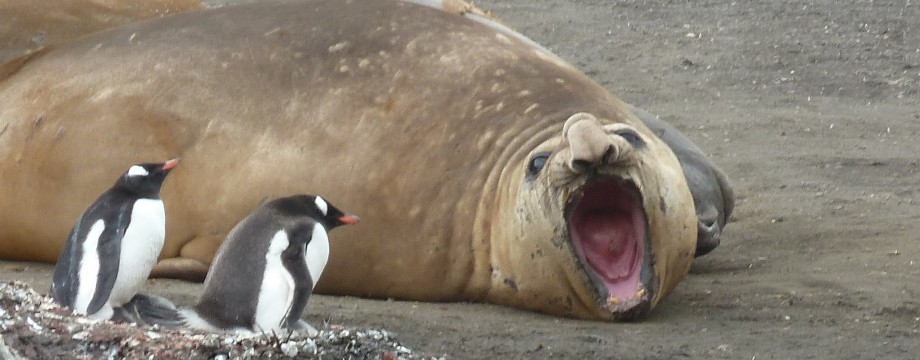Are you looking for the perfect place to host your event? An intimate wedding? An all night rave? Or maybe a work conference? If so, perhaps you should consider holding it at Tallinn's former Soviet prison. That's right, this building which has been used as a defensive fort, a military barracks, and a Soviet prison now pays its bills by renting out large portions of the grounds to different events.
The main building dates back to the nineteenth century when it was designed to defend Tallinn thanks to its location right on the water but it quickly grew outdated and was transformed into a dismal military barracks. When the Soviets occupied Estonia, the building met their need for a prison to hold the political and criminal prisoners.
The KGB headquarters were located in the Old Town, near St. Olaf's Church. In fact, the Soviets placed antennae on the church's tower to intercept communications from nearby Helsinki. Most days, any number of prisoners were shuffled between the KGB downtown office and the prison.
As with most prisons, life was tough for the prisoners. Daily rations were limited to just 250 grams of bread and half a liter of water. Cells were typically overcrowded, with sixty people in a room with sixteen beds. In many cells, half of the prisoners had to stand and kill bugs while the other half slept on the concrete floor, switching off in shifts.
A light stayed on 24 hours inside each cell. Guards watched the prisoners by looking through a tiny window covered with metal mesh so the prisoners could not throw things at the guard's eye.
There was a three tier hierarchy among the prisoners with career criminals at the top, followed by petty thieves and first time offenders, and at the bottom were sex offenders. New inmates were routinely and harshly hazed. One appropriately named game was called Guess Who Hit You. Another popular hazing ceremony involved convincing the new prisoner to jump off the top bunk while wearing a pillowcase on his head. On the floor was a single chess piece and the prisoner's goal was to land on the chess piece in the exact center of his forehead.
Once a day for one hour, prisoners were allowed outside. Here they usually walked in a circle, aiming to reach 10,000 steps daily regardless of the weather.
For a prisoner on death row, he never knew more than five minutes in advance when it was time to be executed. He would have been told that his request for life imprisonment had been denied (every single request was denied over the years) before being escorted to a small waiting room. Here he would smoke, pace, pray, or plead for a couple of minutes. Then he was taken into the adjoining room, knelt forward to place his head on a wooden block, and was shot in the back of the head. The walls and floor of the execution room were painted a dark reddish-brown color so as to mask any spilled blood and minimize the guards' clean up effort. Standing in the room, it was disturbing to see such ruthless efficiency. The prisoner's body would then be secretly sent to a mass anonymous grave. A few hundred prisoners were executed under the Soviets.
(Please note this photo is of one of the prison's many hallways. Taking a photo of the execution room was far too dark for me.)
The last execution took place just after Estonia gained independence. The prisoner was already on death row and so the execution was carried out as originally planned in September 1991. Since then, Estonia has not enacted the death penalty.
After independence, the new government tried to shut down the prison as quickly as possible but it still took fourteen years to find available beds for everyone. When the last prisoner left in 2005, the prison was officially shut down. Most of the prison has been stripped of metals, cables, and anything with resale value. Part of the prison is permanently open to the public. Here none of the locks work so no one is in danger of accidentally locking themselves in a cell. Another part can only be viewed when with a tour guide who will take you to spots that are otherwise off limits.
I really wasn't sure what to expect when following a sign that said “prison coast.”
Turns out, there was a nice sandy beach with beach chairs and a cafe! When I visited, the grounds were being prepared for an upcoming three day music festival. Absolutely bizarre…














